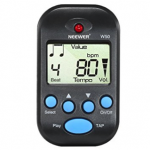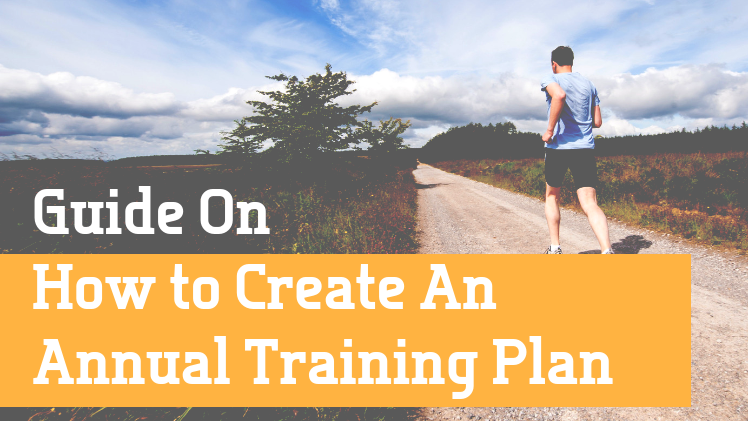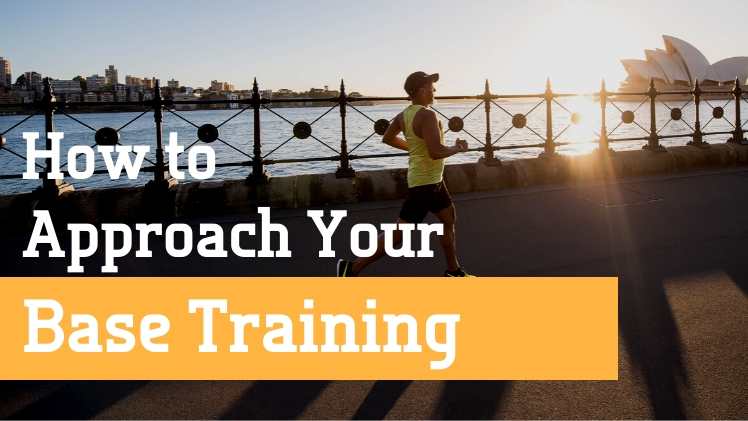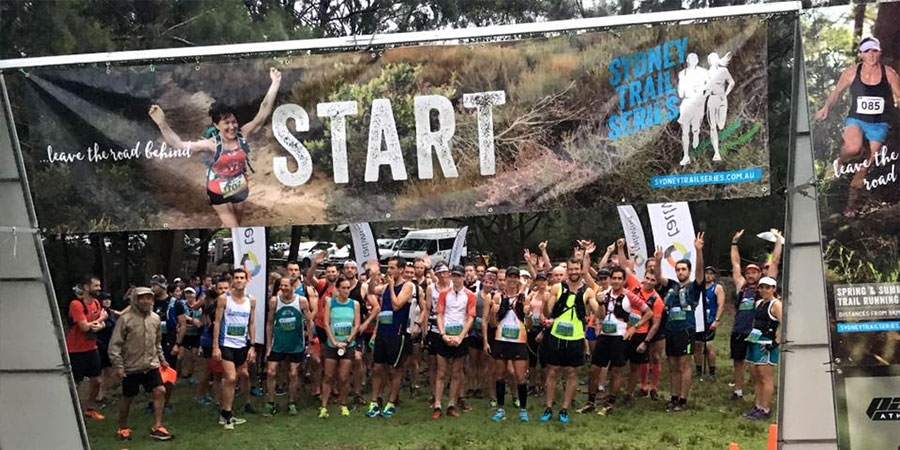NEW TO RUNNING? CADENCE IS KEY TO YOUR SUCCESS

The biomechanics of running is an inexact science. There are a lot of theories as to what constitutes “perfect” running technique and whether or not there is a one-size-fits-all technique for human beings.
Personally I think there are two or three golden rules to follow, which will help almost everybody improve their technique and reduce the likelihood of sustaining an injury.
This article is going to focus on just one of those golden rules: Cadence.
Cadence refers to the number of steps per minute you take when you run. If you have spent any time at all reading about running technique then I am sure you will have read that the “gold standard” of running cadence is thought to be 180.

This figure of 180 wasn't just plucked out of the air. A well known and highly respected U.S. running coach called Jack Daniels studied almost every runner at the 1984 Los Angeles Olympic Games from the 800m right through to the marathon. He found that there was very little variation in cadence rates. They were all taking 180 or more steps per minute. He also studied a large number of beginner runners throughout his coaching career and found that most of them had a cadence of between 160-170 steps/minute.
There is also a well-researched physiological reason for running at a high cadence, which is based on plyometric theory or more commonly known as the “stretch reflex” or “stretch shortening cycle”. This means that when a muscle is stretched under load (eccentric contraction) it creates tension in the muscle (similar to a rubber band being stretched) this tension stores up elastic energy in the muscle which then helps to increase the strength of the resulting shortening (concentric) contraction.
If this sounds overly confusing there is a very easy way for you to experience how the stretch-reflex cycle works for your calf muscles. Try this simple exercise:
- Stand up, and jump up and down on the spot with your body relatively straight (similar to if you were skipping with a skipping rope).
- Now try the same thing again, but this time with a pause between jumps.
Did you notice a difference?
In the first set of jumps our calf muscle has to generate power to leave the ground the first time, but as we land, our calf muscle lengthens and it stores up energy. This stored energy then helps us to spring back up relatively easily (stretch-reflex).
In the second set of jumps we have to generate power every time we leave the ground because the pause between jumps causes us to lose the stored energy and we don't benefit from the stretch reflex.
If your running cadence is too slow (less than 170) it means your foot will stay on the ground for too long you will not get the benefit of the stretch reflex. This means you are wasting energy, and therefore reducing your efficiency.
Another negative of a slower cadence is that it causes you to displace your body mass higher (increased vertical oscillation) which means that you hit the ground harder when you land and are therefore more susceptible to impact injuries like shin splints and stress fractures.
Working to increase your cadence will have the additional benefit of shortening your stride. If you are running at 5min/k's for example at 160 steps/minute, and you work on changing your technique to running 5min/k's at 180 steps/minute, then you will be running with shorter strides. Higher cadence and shorter strides reduce the impact effect of striking the ground, which will in turn help to reduce the likelihood of getting injured.
WHAT SHOULD YOU DO TO IMPROVE YOUR CADENCE?

The best way to work on improving your cadence is to use a metronome. You can buy a small, clip-on, digital metronome that is perfect for the purpose, or if you run with your phone, you can download a metronome app and use that. Set the metronome to the appropriate beat, and run in time with the beeps (one foot landing each time you hear a beep).
FOLLOW THESE STEPS TO MAKE SURE YOU DO IT ACCURATELY AND SAFELY
- Measure your cadence. During the middle of a normal training run, count your steps for a minute on a section of flat ground. Repeat this several times over several runs to work out an accurate average.
- It is difficult to increase your cadence by more than 10steps/minute in any one go. If your cadence is 160, for example, you should set your metronome to 170 and get used to that for a month, before increasing it further to 180.
- Continue using the metronome for as long as you need to until 180 becomes your natural / subconscious gait pattern.
THERE ARE TWO COMMON, BUT TEMPORARY, REPERCUSSIONS OF INCREASING YOUR CADENCE THAT YOU SHOULD BE AWARE OF.
- It will increase your heart rate. Expect to breathe a bit harder, and get tired a bit quicker than you have been used to. Your cardio-vascular system will adjust over time, but expect it to take 2-3 months to fully adjust.
- Your calf muscles will probably do more work, and get tighter. As our stride gets shorter, our foot usually lands flatter, which uses the calf muscle more. Your calf muscles will get stronger with time, but some extra stretching and/or foam rolling will help during the transition.
I have been working as a physiotherapist treating running injuries for twenty years, and I have spent the last 8 years working with thousands of runners to improve their technique and reduce their injuries. Cadence has been one of the most effective and beneficial changes most of those runners have made. If you want to take your running to the next level, and you haven't yet focused on your cadence, make sure you do. It can transform your running.























